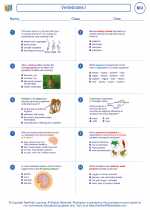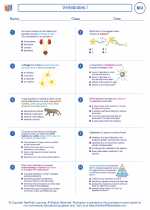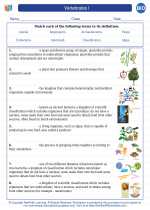Definition:
A delta is a landform that forms at the mouth of a river where the river flows into an ocean, sea, or lake. It is formed by the accumulation of sediment carried by the river and deposited as the river water loses its velocity upon meeting the standing water body.
Formation:
Deltas are formed through a process called deposition, where the sediment carried by the river is dropped as the river water slows down upon meeting the standing water. The deposition of sediment forms a fan-shaped or triangular landform known as a delta.
Importance:
- Biodiversity: Deltas are important ecological habitats with high biodiversity. They provide a variety of niches for diverse plant and animal species.
- Sediment Accumulation: Deltas serve as natural sediment traps, preventing the transport of sediment further downstream and helping to maintain the balance of sediment in the surrounding areas.
- Human Settlements: Many human settlements and agricultural areas are located on delta plains due to the fertile soils deposited by the river, making them important for human livelihoods.
- Environmental Protection: Deltas also act as natural buffers against storm surges and coastal erosion, providing protection to the surrounding coastal areas.
Examples of Deltas:
Some well-known deltas include the Nile Delta, the Mississippi River Delta, the Ganges-Brahmaputra Delta, and the Mekong Delta.
Human Impact:
Human activities such as dam construction, river channelization, and deforestation can significantly impact the formation and stability of deltas. Understanding and managing human impact on deltas is crucial for their conservation and sustainable use.
Study Tips:
- Understand the process of deposition and how it contributes to the formation of a delta.
- Learn about the ecological significance of deltas and their role in supporting diverse ecosystems.
- Explore the human impact on deltas and the importance of conservation efforts.
- Study specific examples of deltas to understand their unique characteristics and ecological importance.
[Delta] Related Worksheets and Study Guides:
.◂Biology Worksheets and Study Guides High School. Vertebrates I

 Worksheet/Answer key
Worksheet/Answer key
 Worksheet/Answer key
Worksheet/Answer key
 Vocabulary/Answer key
Vocabulary/Answer key
 Vocabulary/Answer key
Vocabulary/Answer key
 Vocabulary/Answer key
Vocabulary/Answer key
